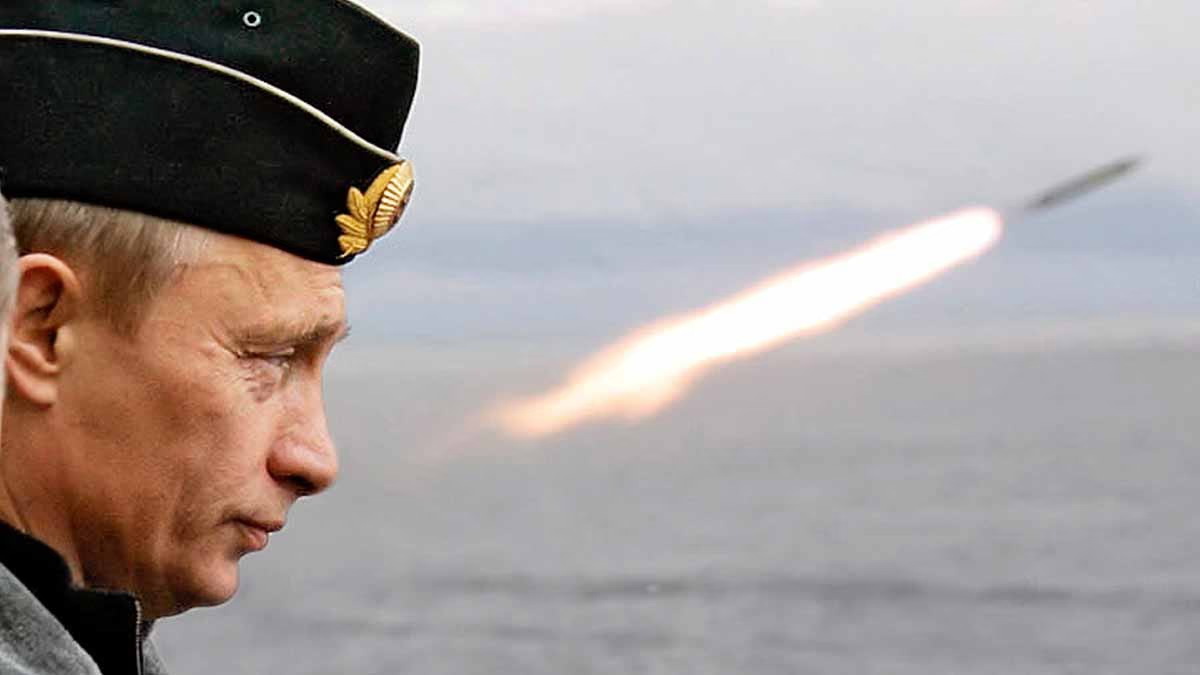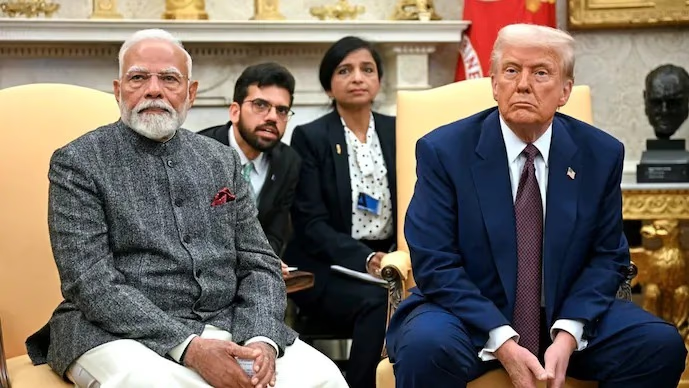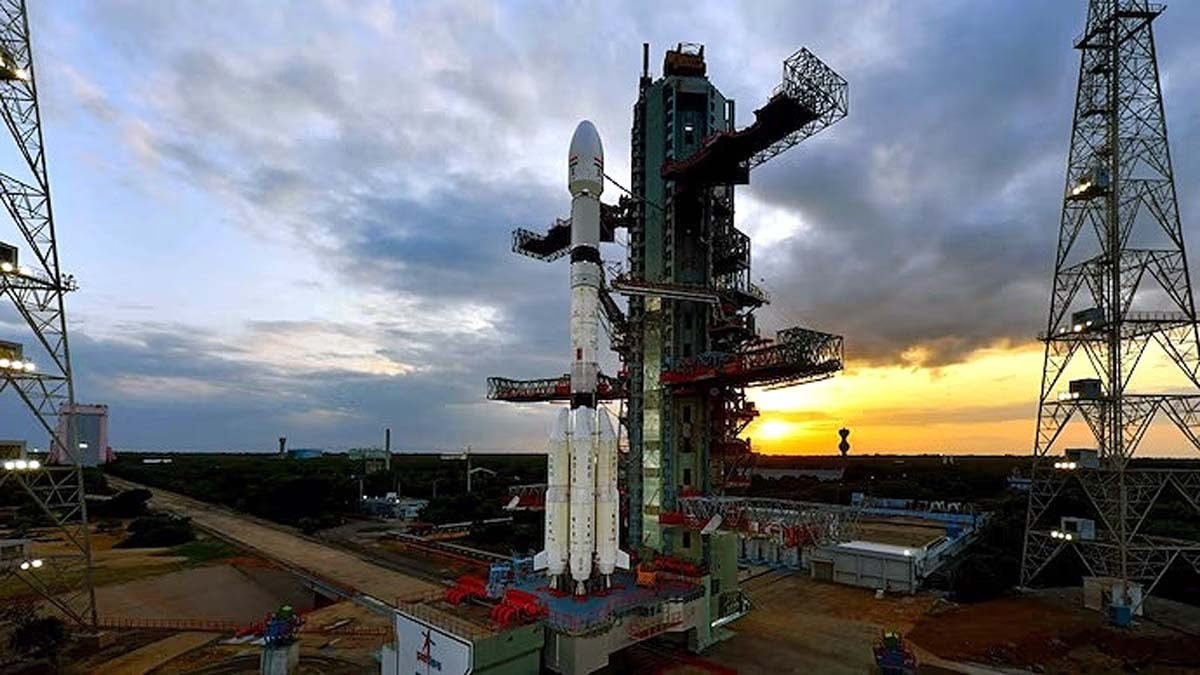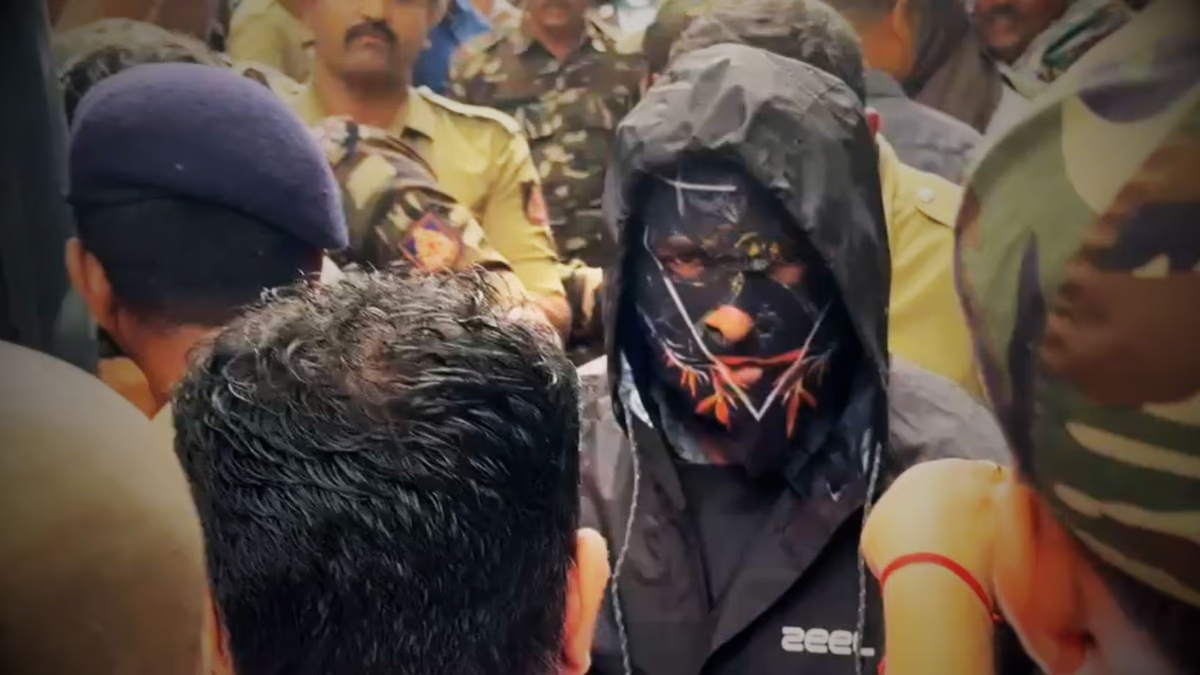A new chapter in defense relations between India and Russia could begin. This year, when Russian President Vladimir Putin meets Indian PM Narendra Modi, the agreement to revive the BrahMos-2K hypersonic cruise missile project between the nations might be concluded. This missile will possess such speed and lethal precision that it would be almost impossible for adversaries to intercept it.
Alongside, Russia might offer several other lethal weapons to India, including Su-57 fighter jets, Oreshnik missiles, Tu-160M bombers, Poseidon torpedoes, and the S-500 Prometheus system. Let's delve into what these entail and their potential impact on India's security. Why could these prove to be game-changers?
BrahMos-2K: Pioneering hypersonic power
The BrahMos-2K is an advanced version of the existing BrahMos missile, crafted through the collaborative efforts of India and Russia. BrahMos already holds the title for being one of the fastest supersonic missiles, but the BrahMos-2K takes it further. Here’s what you need to know…
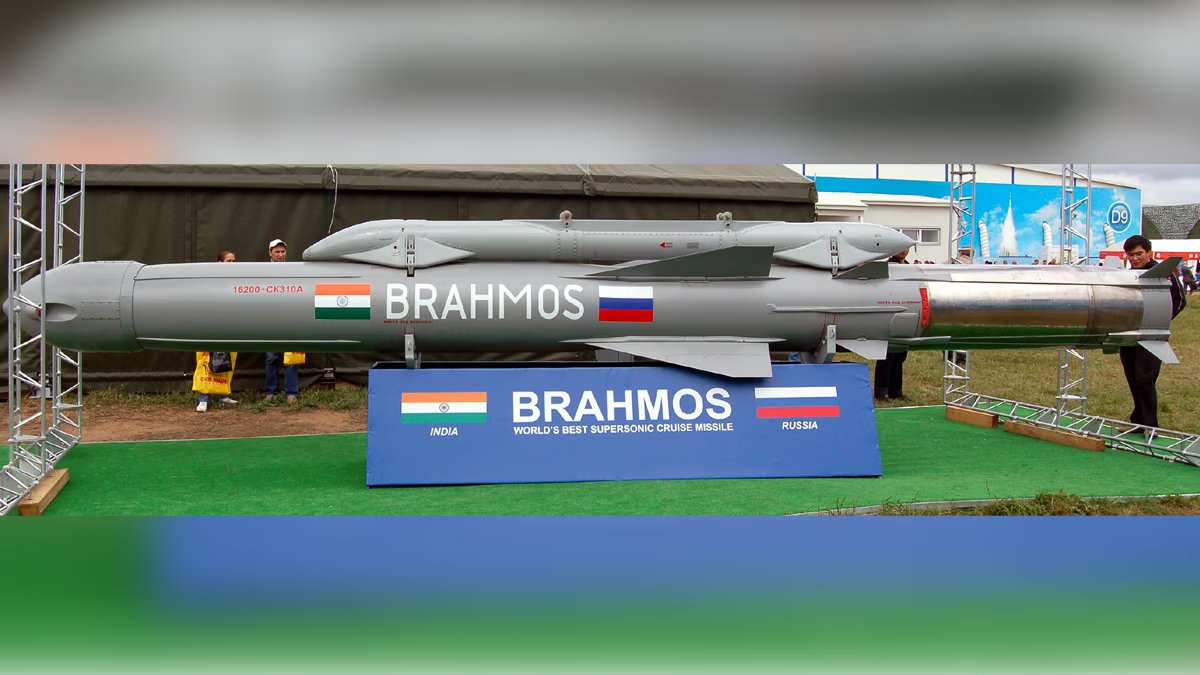
Source: aajtak
Technology: Inspired by Russia's Zircon (3M22) missile, reaching hypersonic speeds of up to 8 times the speed of sound (9450 km/hr).
Engine: Equipped with a scramjet engine, which uses atmospheric oxygen for combustion, ensuring sustained high-speed travel.
Range: Capable of targeting locations up to 1500 km away, allowing strikes on deeply entrenched enemy positions.
Features: Its low radar signature and enhanced maneuverability make it resilient against enemy air defenses.
Impact:
In the event of an attack by China or Pakistan at the LAC or LOC, the missile could obliterate their bases within minutes. It strengthens the Indian Navy and Air Force over both sea and land fronts.
Next-Gen Russian Weaponry: What’s in store for India?
High-level defense talks occurred during the SCO meeting between India and Russia, spurring discussions on major weapon deals. Here are some game-changing weapons…
Su-57 Fighter Jets
Russia's most advanced stealth fighter, adept at evading enemy radars.
Features:
High maneuverability, extensive range, and capacity to carry hypersonic missiles.
Benefit:
Would give the Indian Air Force an edge over China's J-20 and Pakistan's JF-17.
Oreshnik Missile
This is a solid-fuel medium-range ballistic missile with a range of 5,000 km.
Features:
Can carry six independently targetable warheads, attacking multiple sites simultaneously.
Impact:
Potentially obliterating enemy strategies.
Tu-160M Strategic Bomber
Russia's super heavy bomber, capable of carrying nuclear (Kh-102) and conventional (Kh-101) cruise missiles.
Features:
Long-range flight capability and nuclear strike potential.
Benefit:
Strengthens India's nuclear deterrence.
Poseidon Torpedo
An unmanned nuclear torpedo, gliding deep through the ocean to target coastal areas.
Features:
Capable of creating a nuclear tsunami with high-yield warhead, tough to intercept.
Impact:
Decimates enemy coastal installations.
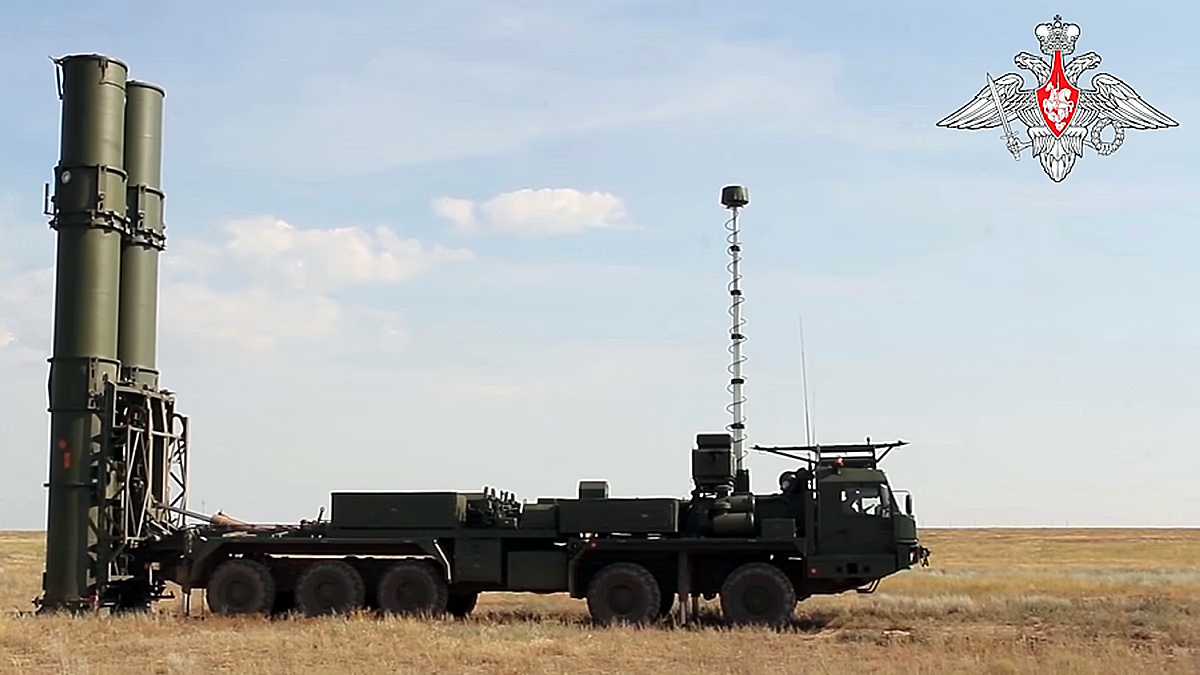
Source: aajtak
Why are these weapons crucial for India?
Border Security
Amidst tensions with China at the LAC and Pakistan at the LOC, these weapons will fortify India's defense. BrahMos-2K and Zircon make naval and land responses more feasible.
Modernization
The Su-57 and S-500 systems will invigorate India’s air forces and defensive structures. A synergy of indigenous and Russian tech, fostering self-reliance.
Strategic Edge
Oreshnik and Tu-160M bolstering nuclear deterrence. Poseidon compelling enemy capitulation in maritime conflicts.
Hypersonic missiles (6174 km/hr) utilize scramjet engines to combust atmospheric oxygen, surpassing traditional rockets with their speed and agility, making interception challenging.
What are the challenges?
Cost: These weapons are expensive. The BrahMos-2K could be twice as costly as the existing BrahMos.
Tech Transfer: Russia is reluctant to share complete hypersonic technology (e.g., Zircon's scramjet).
Training: Significant time to train personnel and pilots to operate these advanced weapons and jets.
